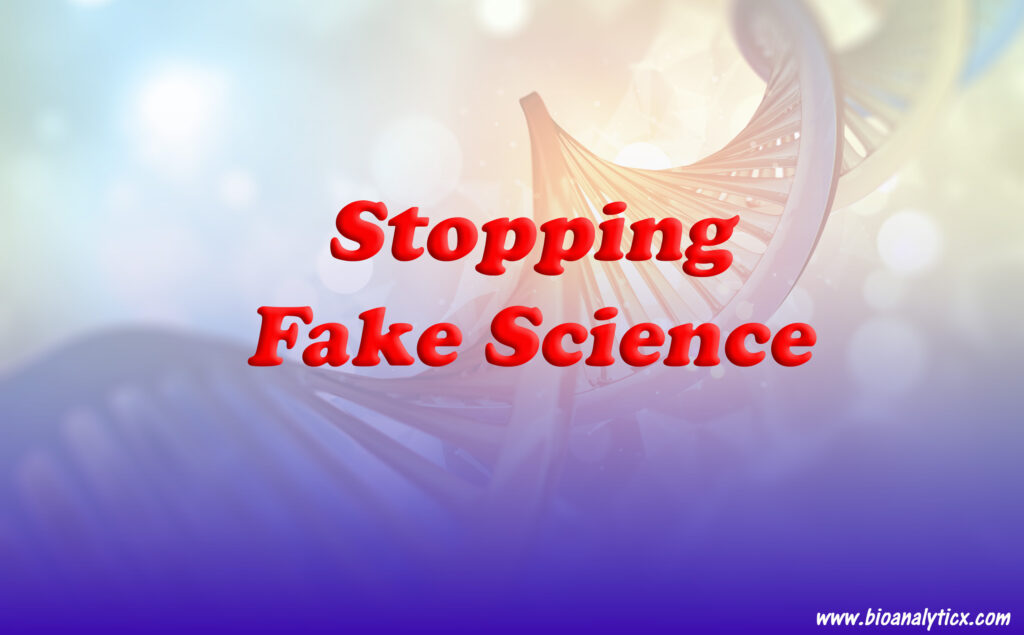Blog Article: Fake And False Science Of Illnesses And Diagnoses (link). FB (link). For convenience, questions are copied below the response.
Response:
@ “… is vacciantion build on the simmilar principle as homeopathy / administering a small doses of alleged poison to treat the illness/”
I have some knowledge and personal experience with homeopathy. Based on this, I would say that they are not similar. To me, they are as similar to comparing electric and gas-powered vehicles because they both require a (small) battery or electric power to start the car. So, they both could be considered electric-powered. However, they are very different in operation – there is no comparison.
Concerning “small doses/amount of alleged poison,” I do not think homeopathy injects poison. On the other hand, I am certain, based on what is available in the literature about vaccines, that they are not in small amounts (compared to homeopathic doses) but certainly significantly large amounts of filth/gunk (potentially poison). I would not suggest anyone take it, considering the science/chemistry aspect of it.









